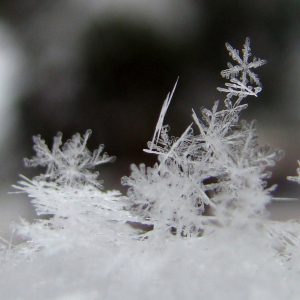Winter! It’s cold outside. Snow falls from the sky. Car windows freeze over (super annoying.) Hot chocolate inventories plummet. But, to be a little more scientific, winter is the time of year when the earth’s axis is most tilted away from the sun. There are many questions and or mysteries that come up during winter. I want to share five highly unknown scientific facts about winter because education is powerful.
Who doesn’t like to learn more facts that they can use at the dinner table. Imagine this. You’re at the dinner table because you’ve just came in from shoveling snow off the drive way. Someone asks, “What is the size of the biggest recorded snowflake in history?” Well after reading these facts, you’ll know the answer to this question on four others.
Here is my list of five highly unknown scientific facts about winter.
- According to the Guinness World Records, on January 28, 1887, a snowflake 15 inches wide and 8 inches thick fell in Fort Keogh, Montana, making it the largest snowflake ever observed. (source)
- Snow appears white because snow is a bunch of individual ice crystals arranged together. When light hits snow, it bounces all around the ice crystals and the “color” of all the frequencies in the visible spectrum combined in equal measure is white. While white is the color we see in snow, individual ice crystals are actually translucent. (source)

- The definition of a blizzard is when visibility is reduced to ¼ of a mile and the winds are 35 mph or more. The storm also must last at least 3 hours. If any of these specific conditions is not met, then it is a snowstorm instead. (source )

- Chionophobia is the persistent fear of snow, especially becoming trapped by snow. The term is derived from the Greek words chion and phobos, meaning “snow” and “fear,” respectively. (source )
- A single snowstorm can drop 39 million tons of snow. There is an average of 105 snow-producing storms in the United States in a typical year. (source)

On Saturday, December 17th, The Leonardo is hosting a Winter Wonderland Family Festival. If these winter facts peeked your curiosity, then bring the entire family to the museum and learn more about the science behind winter. There are plenty of fun hands-on activities for everyone in the family to enjoy. See the science of snowflakes, make LED holiday cards, watch winter themed movies and more!
What other scientific facts about winter do you know? Let us know on our Facebook page.

